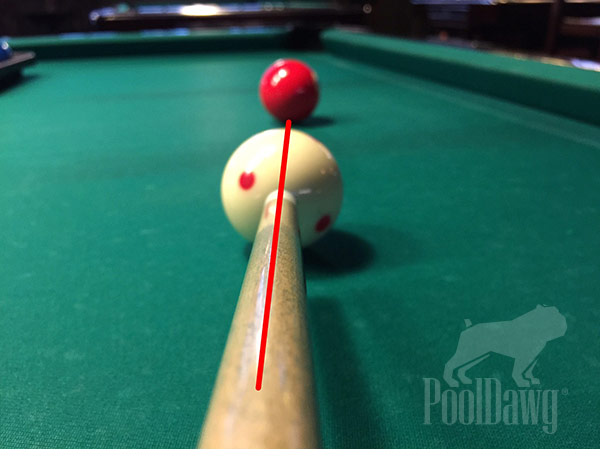So it is Imagination Land then. That just creates an assumption that there is a place where there are no forces.
Lets go into Imagination Land and try to get bodies to travel from Point A and Point B in a straight line.
Think of a rocket ship in space that blasts its engines for five seconds:

What makes you think it is possible to create an engine that fires perfectly evenly from all points? If the engine starts in the slightest manner from one side or gives off the slightest bit of more energy on one side then the rocket builds too much momentum on one side and goes spiraling off to one side, either quickly or slowly. It doesn't reach the Point B destination.
The only way to go straight is for the rocket to be constantly controlled and navigated. AKA, an artificial result.
Even in something as simple as the game of Pool, it is rather difficult to hit a ball to go straightly to the Point B hole:

You have to hit it in just the right spot to get it to go the way you want it to go. Luckily in pool you are only shooting a few feet.
What if you are shooting a ball at a Point B hole which is miles away? Ignoring the fact that you don't have the arm strength to do that, and ignoring everything about surface friction, to hit a pool ball perfectly for a distance ranging in miles and get into a hole is still very improbable. The ball is more likely to go off in some random direction.
So again, straight line trajectories between two points do not naturally occur in nature. They are highly unnatural.